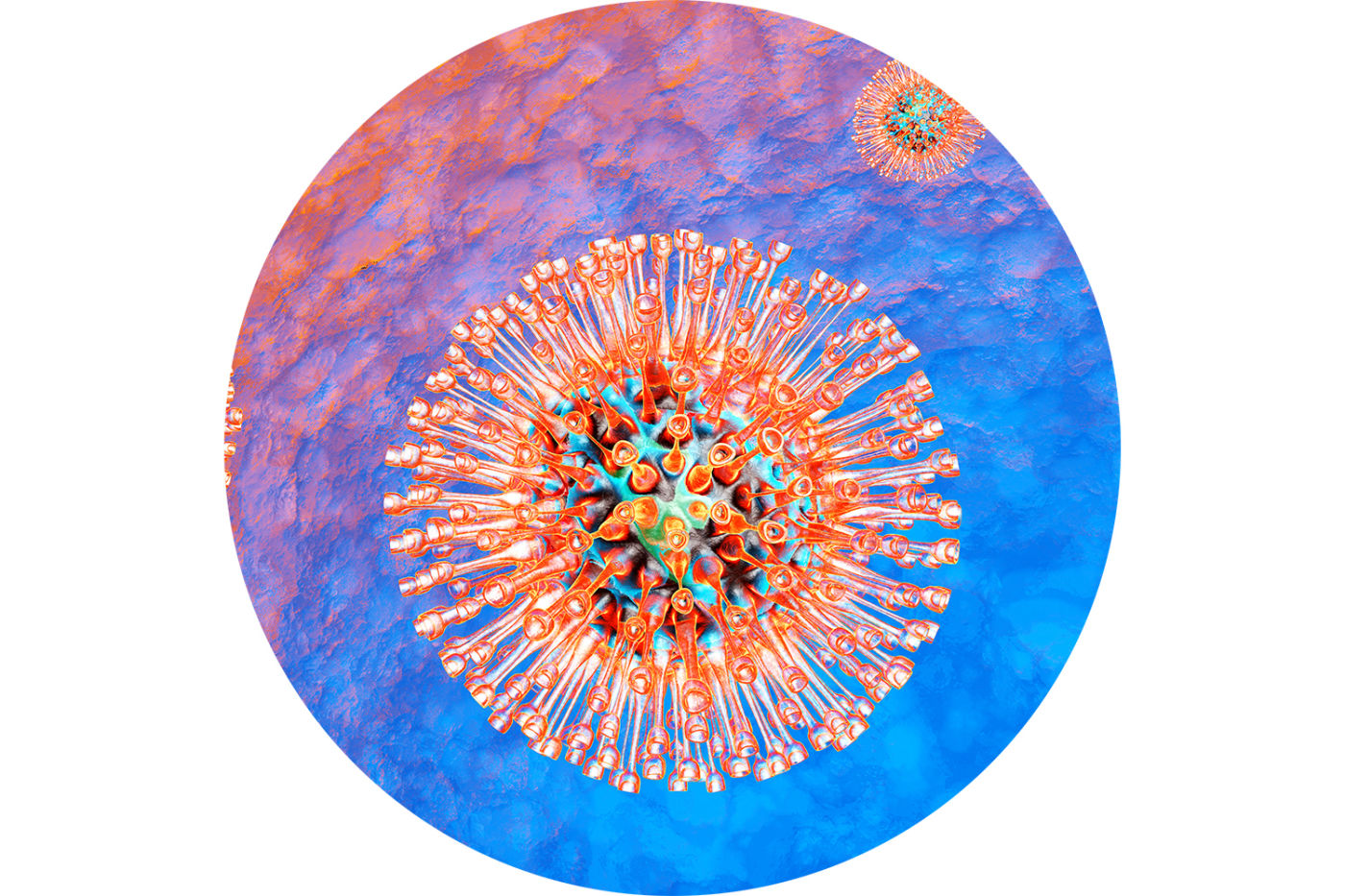
(RIF. DNA 04)
Herpesviruses are a family of viruses that includes several subgroups responsible for various diseases. Their main characteristic is that of never leaving the host's organism, even if in the presence of antibodies.
Herpes simplex viruses (human herpes viruses of type 1 and 2, HHV-1 and 2) commonly cause a relapsing infection affecting the skin, mouth, lips, eyes and genitals. Common severe variants include encephalitis, meningitis, neonatal herpes and disseminated infections in immunosuppressed patients. Mucocutaneous infections manifest themselves as clusters of small and painful vesicles on an erythematous basis. Both types of herpes simplex virus, herpes simplex type 1 and herpes simplex virus type 2, can cause oral or genital infections. Most often, type 1 herpes simplex causes gingivo-stomatitis, cold sores and herpetic keratitis.
Herpes simplex type 2 gener ally causes genital lesions. The transmission of the herpes simplex virus occurs by close contact with a person who actively eliminates the virus. Viral spread occurs from lesions, however it can occur even if they are not evident. After the initial infection, the herpes simplex virus remains quiescent in the nerve ganglia from which it can periodically reactivate, causing clinical manifestations.